You might be wondering, what is the difference between aloe and cactus plants? If you’ve ever been confused about the two, you’re not alone! These popular succulents can look quite similar, but they have some key differences. In this comprehensive guide, we’ll explore the unique characteristics of aloe and cactus plants, how to tell them apart, and how to care for them. Let’s dive in!
Dig in!
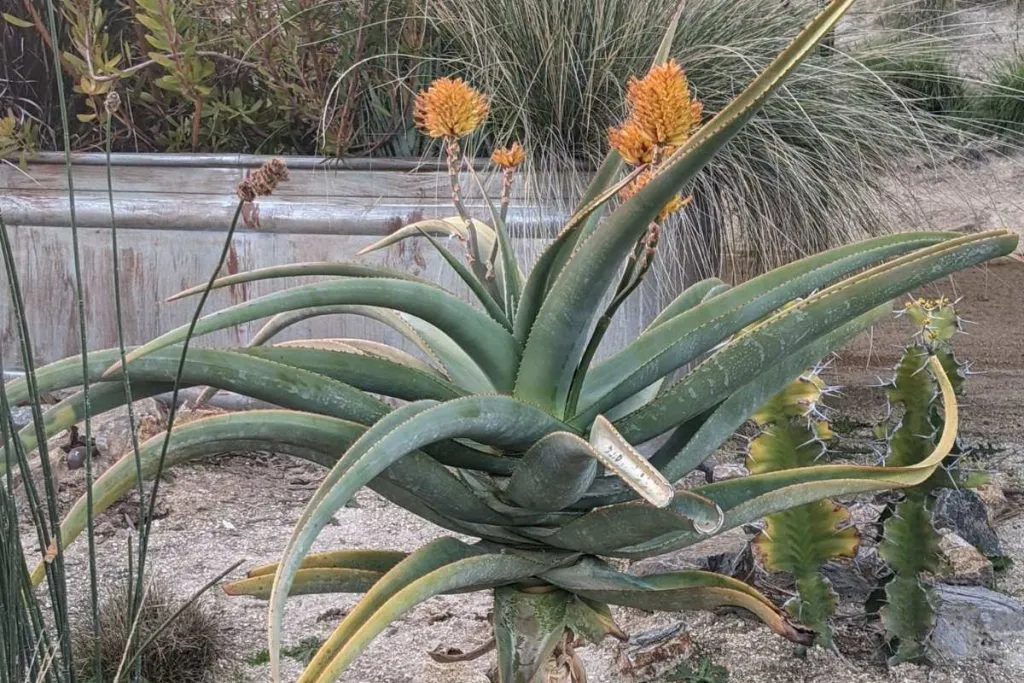
Straight to the Point
Here are the main differences between Aloe and Cactus:
- Family – Aloe vera belongs to the Asphodelaceae family, while cacti belong to the Cactaceae family. They are in different taxonomic families.
- Origins – Aloe vera originated in tropical Africa, while cacti are native to the Americas. They evolved separately.
- Leaves – Aloe vera has thick, fleshy, green leaves. Cacti have modified, spine-bearing leaves that are often tiny or ephemeral.
- Stems – The thick leaves of the aloe vera are the main photosynthetic parts of the plant. Cacti photosynthesize mostly through their stems.
- Flowers – Aloe flowers are tubular in shape and produce nectar. Cactus flowers are varied but often waxy and produce no nectar.
- Growth – Aloe vera grows as individual rosettes. Cacti have different growth forms including columns, joints, epiphytic growth.
- Root systems – Aloe has shallow, spreading roots. Cacti often have one large taproot.
As you can see, Aloe and Cactus are very different. Keep reading to learn more about the differences and if they can be planted together and live in harmony.
Aloe Overview
What are Aloes?
Aloes are a group of succulent plants belonging to the Aloe genus. There are over 500 species of aloe plants, with Aloe vera being the most well-known and widely cultivated. Originating from Africa, aloes have adapted to arid environments, storing water in their thick leaves to survive long periods without rain.
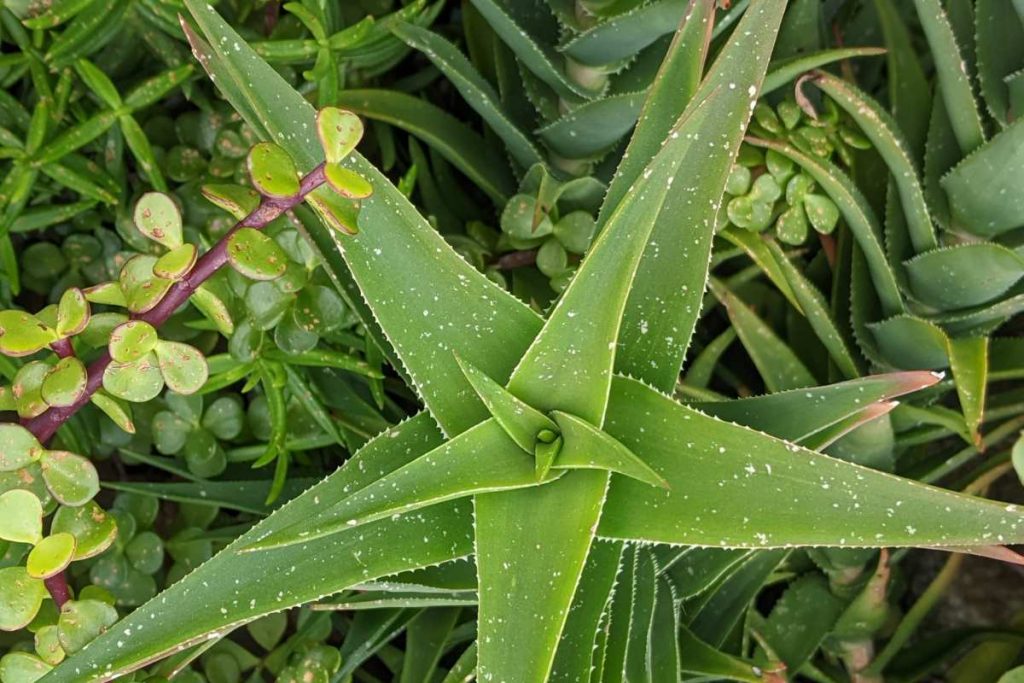
Aloe Varieties
There are many different types of aloe plants, ranging in size, color, and leaf shape. Some popular aloe varieties include Aloe vera, Aloe aristata (Lace Aloe), and Aloe brevifolia (Short-leaved Aloe), each with its unique appearance and care requirements.
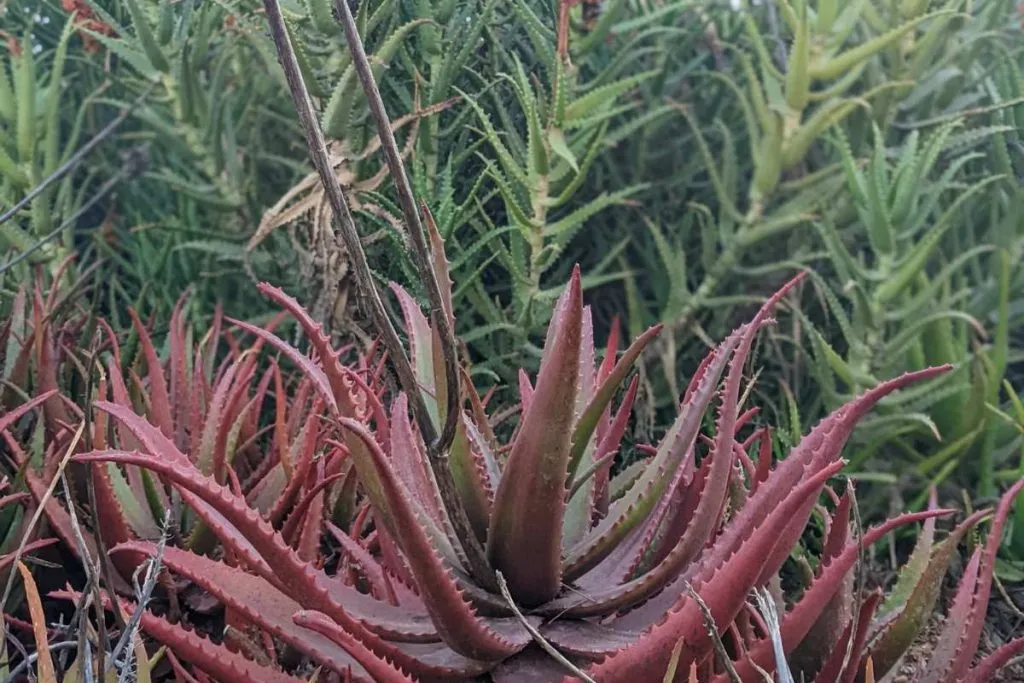
Cactus Overview
What are Cacti?
Cacti are a group of succulent plants belonging to the Cactaceae family. Native to the Americas, there are over 1,500 species of cactus plants, adapted to survive in arid environments with little rainfall. Cacti are known for their spines, which serve as a defense mechanism against predators.
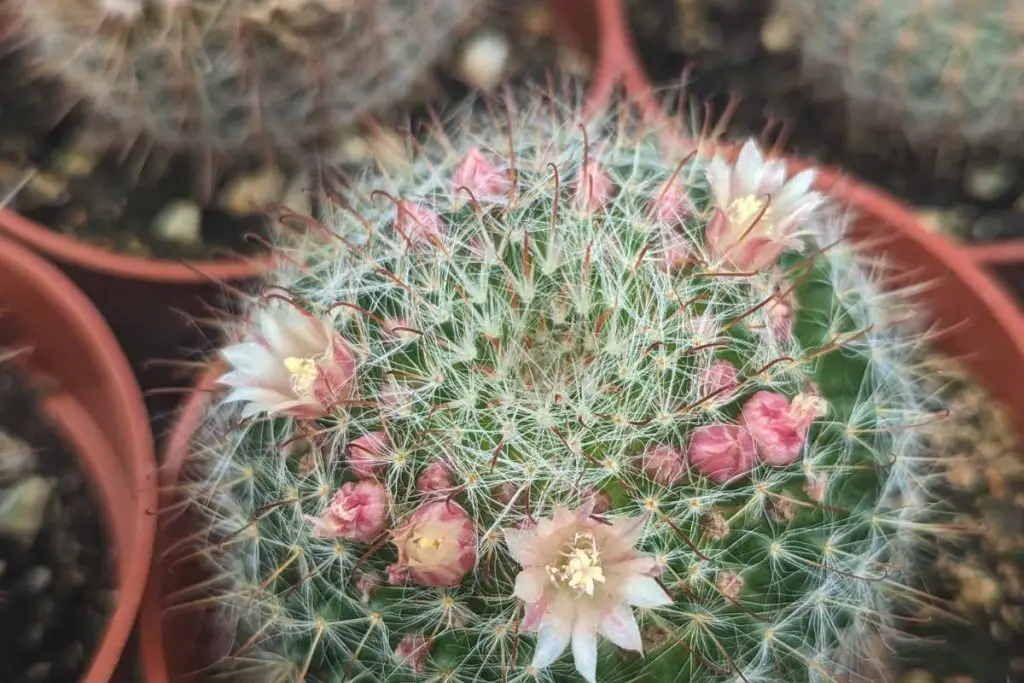
Cactus Varieties
With so many cactus species, there’s a wide range of shapes, sizes, and colors to choose from. Some popular cactus varieties include the Saguaro (Carnegiea gigantea), Barrel Cactus (Ferocactus), and Prickly Pear (Opuntia).
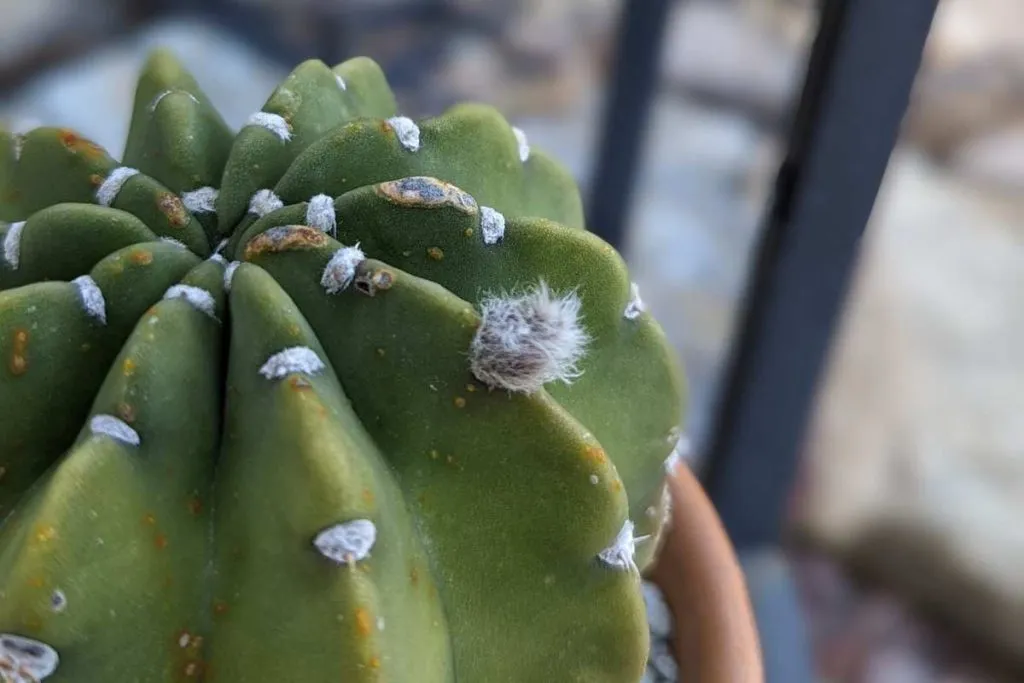
Differences Between Aloe and Cactus
Appearance
While both aloe and cactus plants are succulents, they have distinct appearances. Aloes typically have fleshy, triangular leaves that grow in a rosette pattern, with a smooth or slightly bumpy texture. Cacti, on the other hand, have cylindrical or columnar stems covered in spines, and may have ribs or tubercles.
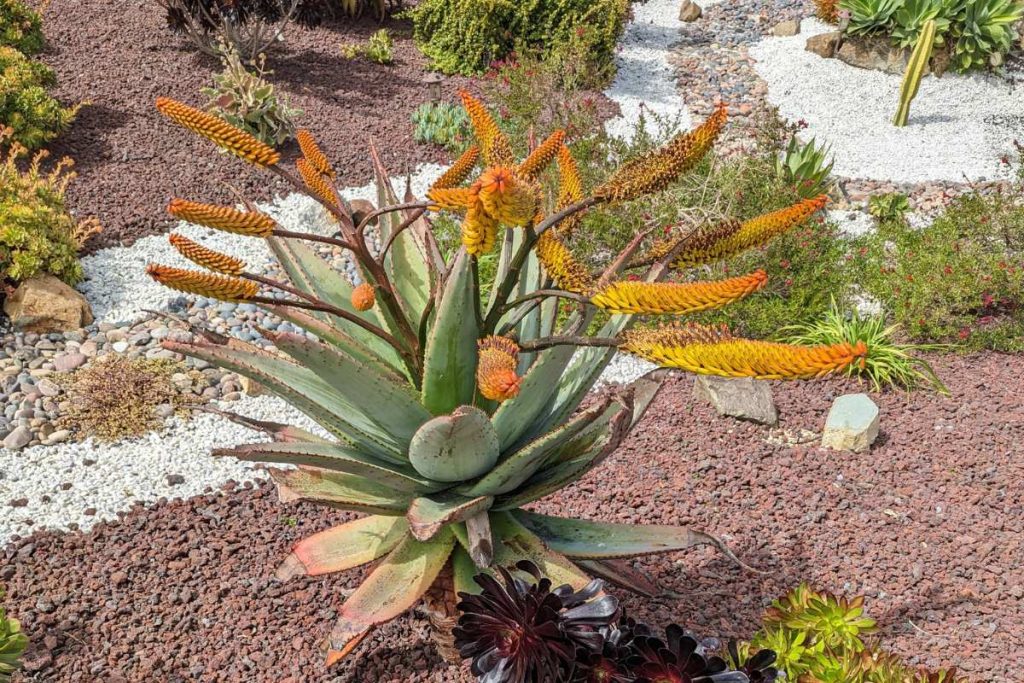
Leaves
One of the main differences between aloe and cactus plants is their leaves. Aloe plants have thick, fleshy leaves that store water, while cacti have reduced leaves that are often small and short-lived, or completely absent in some species. Instead, cacti store water in their stems.
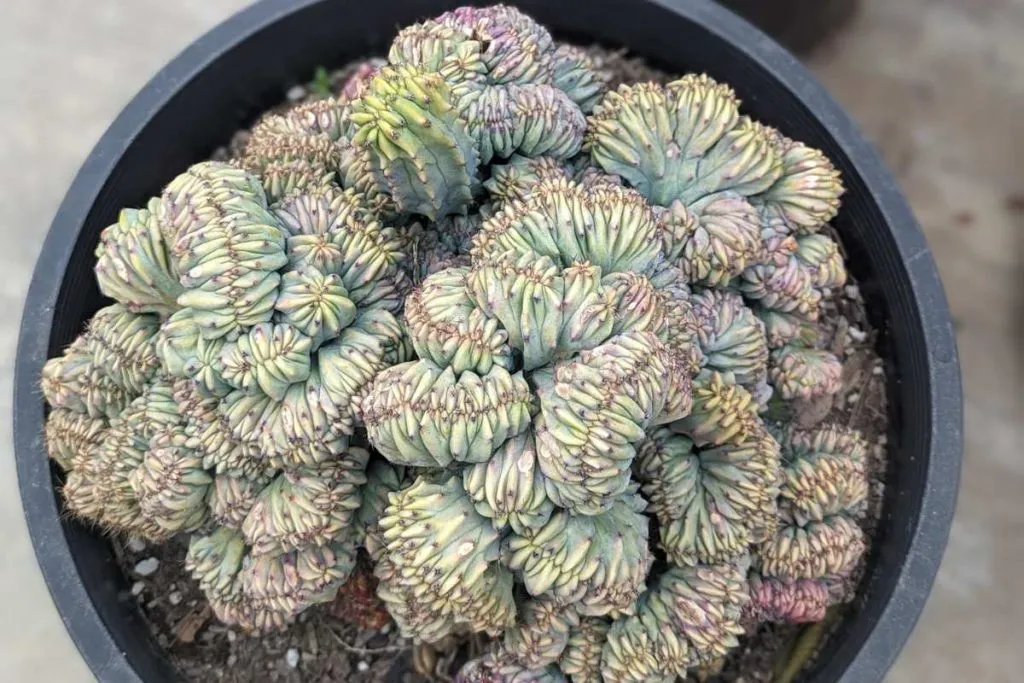
Stems
Aloe plants have short stems or no stems at all, with leaves growing directly from the plant’s base. Cacti have distinct stems, which can be columnar, cylindrical, or globular in shape, and are often ribbed or segmented.
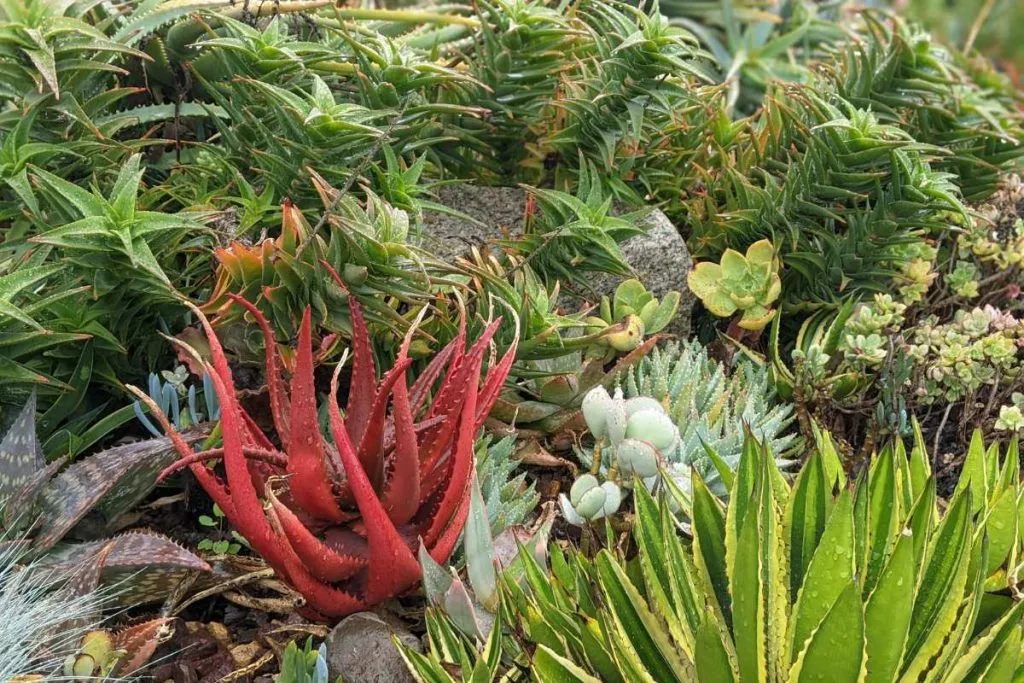
Flowers
Aloe plants produce tubular, usually brightly colored flowers on tall, slender stalks. Cactus flowers, on the other hand, can be tubular, funnel-shaped, or star-shaped, and are often pollinated by bats, birds, or insects.
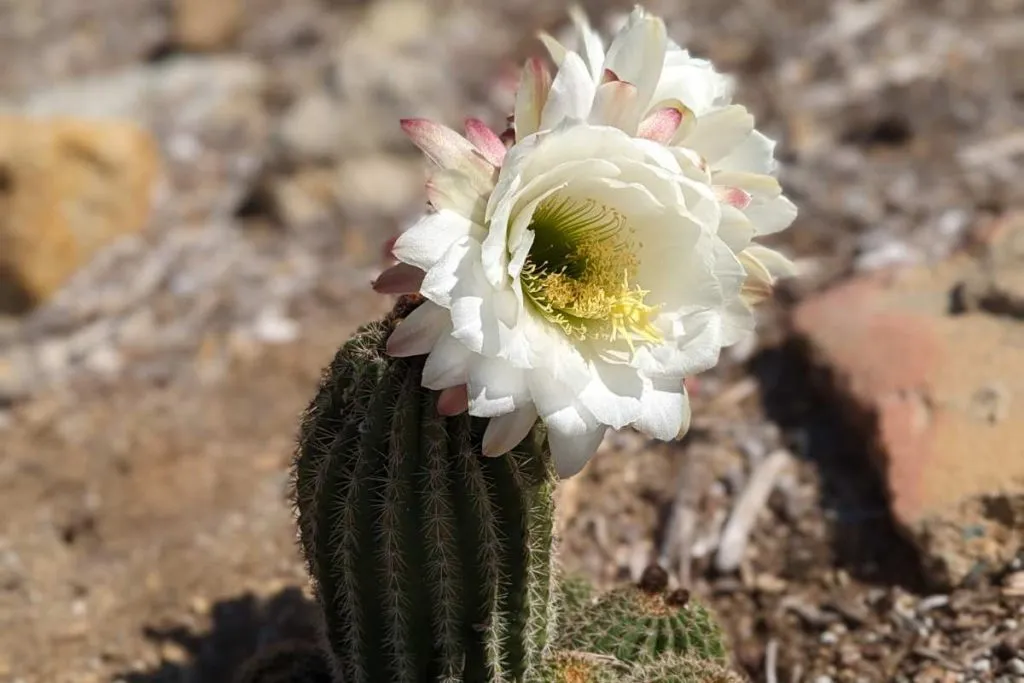
Growth Habit
Aloes typically have a clumping growth habit, with individual plants forming dense clusters. Cacti have a more varied growth habit, ranging from solitary to clumping or branching, depending on the species.
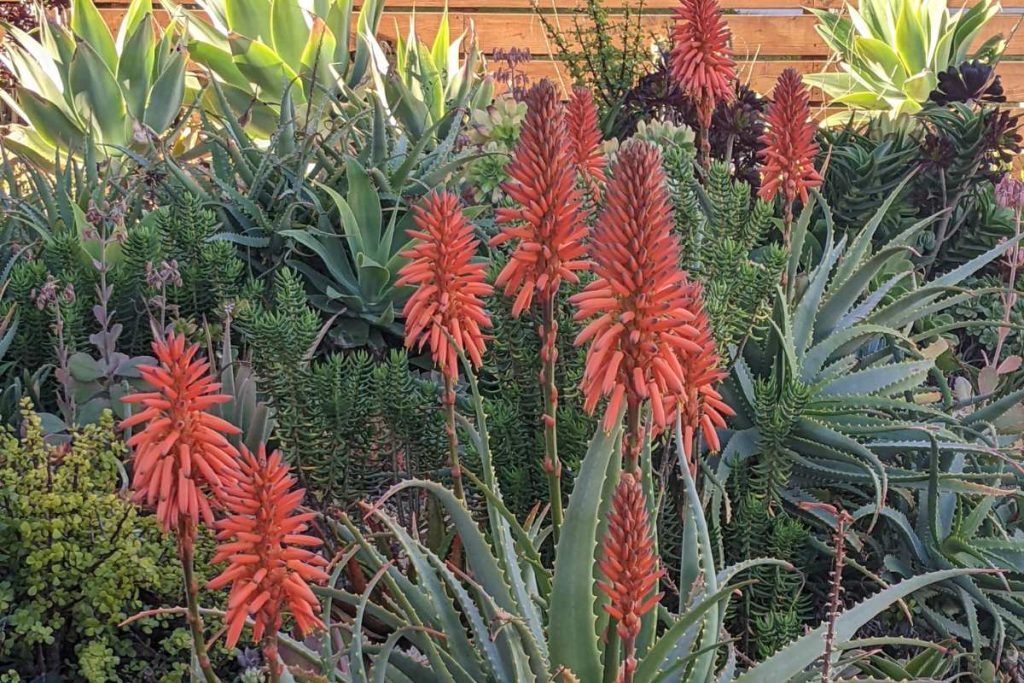
How to Care for Aloe and Cactus
Watering
Both aloe and cactus plants require well-draining soil and infrequent watering, as they are adapted to survive in arid environments. Overwatering can lead to root rot and other problems, so it’s important to allow the soil to dry out between waterings.
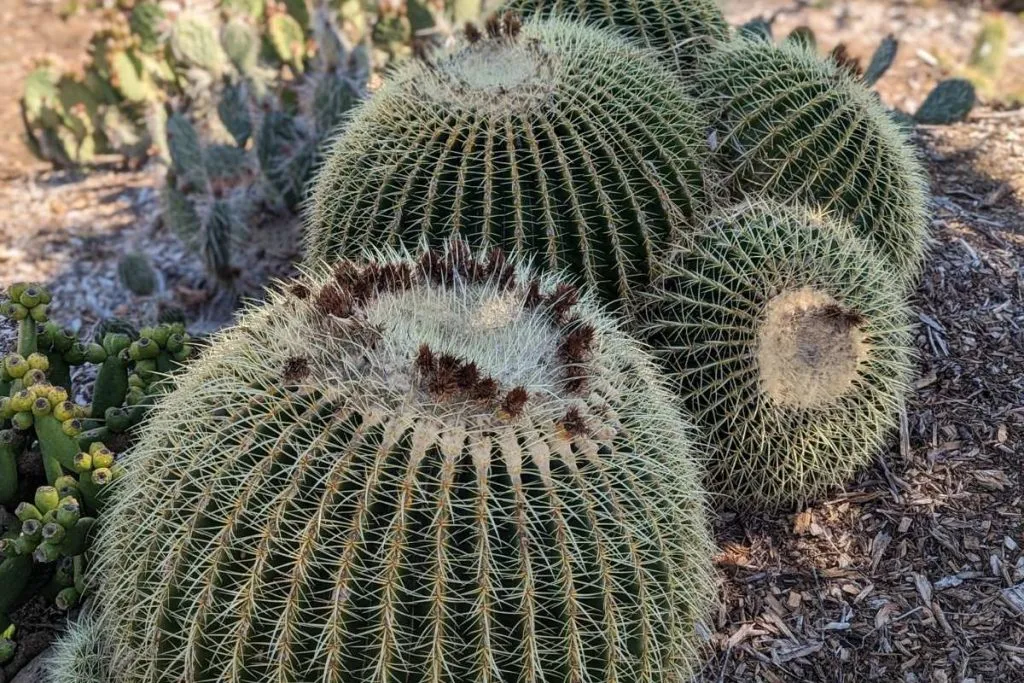
Sunlight Requirements
Aloe and cactus plants generally prefer bright, indirect sunlight, although some species can tolerate direct sun. Too much direct sunlight can cause the plants to become sunburned or discolored. If you notice your plants showing signs of sunburn, move them to a location with filtered light.
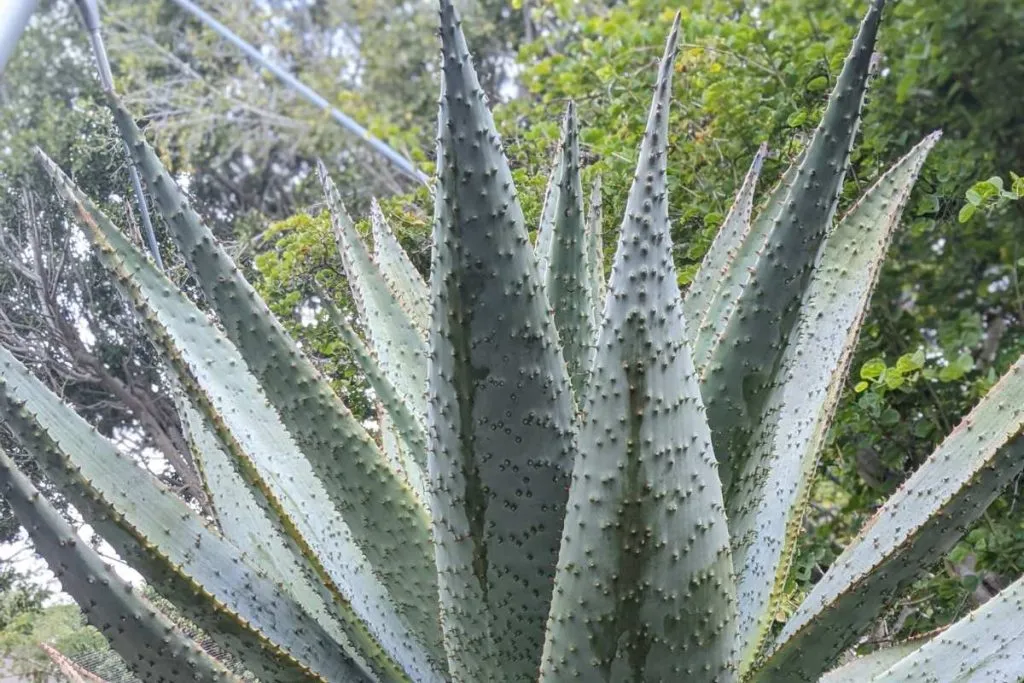
Soil Type
A well-draining soil mix is essential for both aloe and cactus plants. You can use a specially formulated cactus and succulent soil mix, or make your own by combining equal parts potting soil, coarse sand, and perlite or pumice.
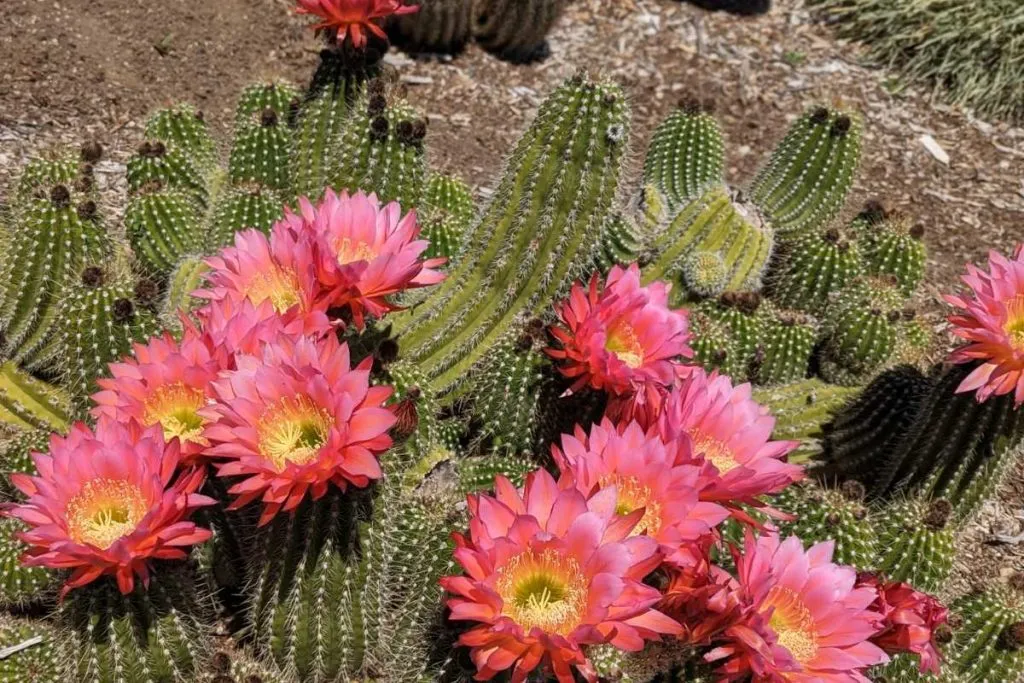
Temperature and Humidity
Aloe and cactus plants prefer warm temperatures and low humidity. Most species can tolerate temperatures as low as 40°F (4°C) but may suffer damage if exposed to freezing temperatures. To avoid cold damage, move your plants indoors during the winter months if you live in a cold climate.
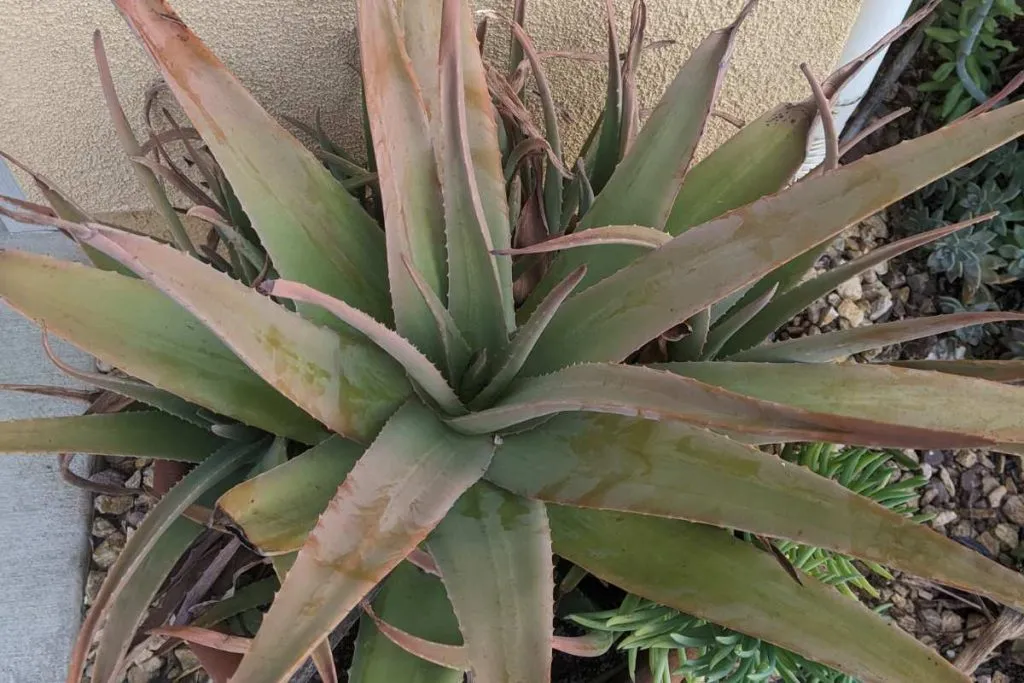
Common Uses for Aloe and Cactus
Medicinal Uses
Aloe vera is well-known for its soothing and healing properties, particularly when it comes to treating burns and skin irritations. Cacti, such as the Prickly Pear, have also been used traditionally for their anti-inflammatory and antioxidant properties.
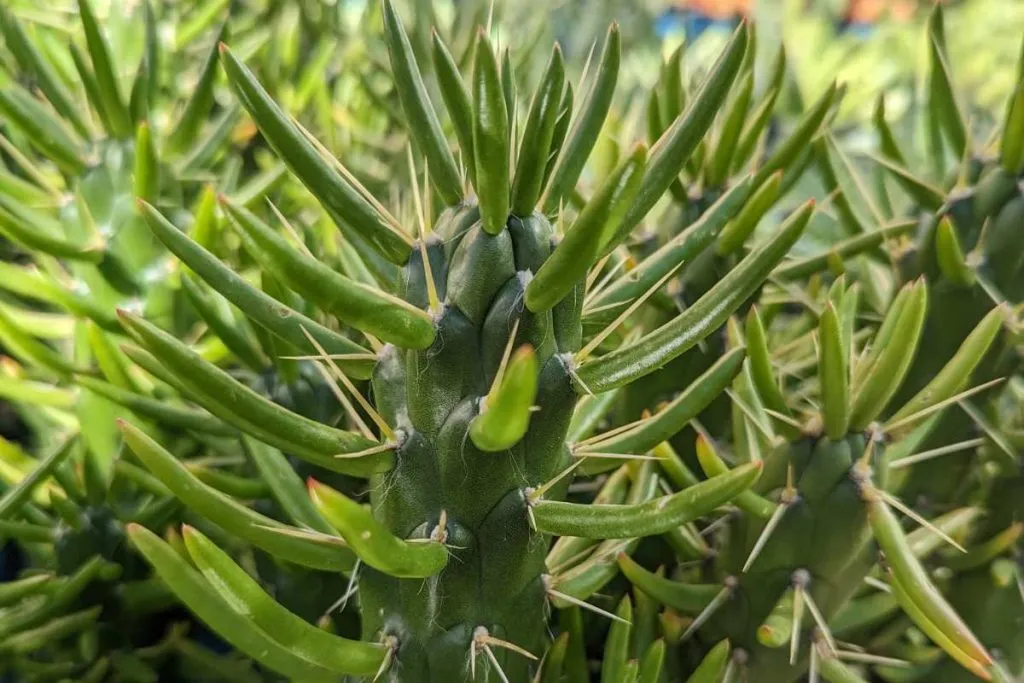
Culinary Uses
Both aloe and cactus plants have been used in various culinary dishes. Aloe vera gel can be added to smoothies, juices, and desserts for its nutritional benefits. The pads of the Prickly Pear cactus can be cooked and eaten as a vegetable, while the fruit can be made into jams, jellies, and beverages.
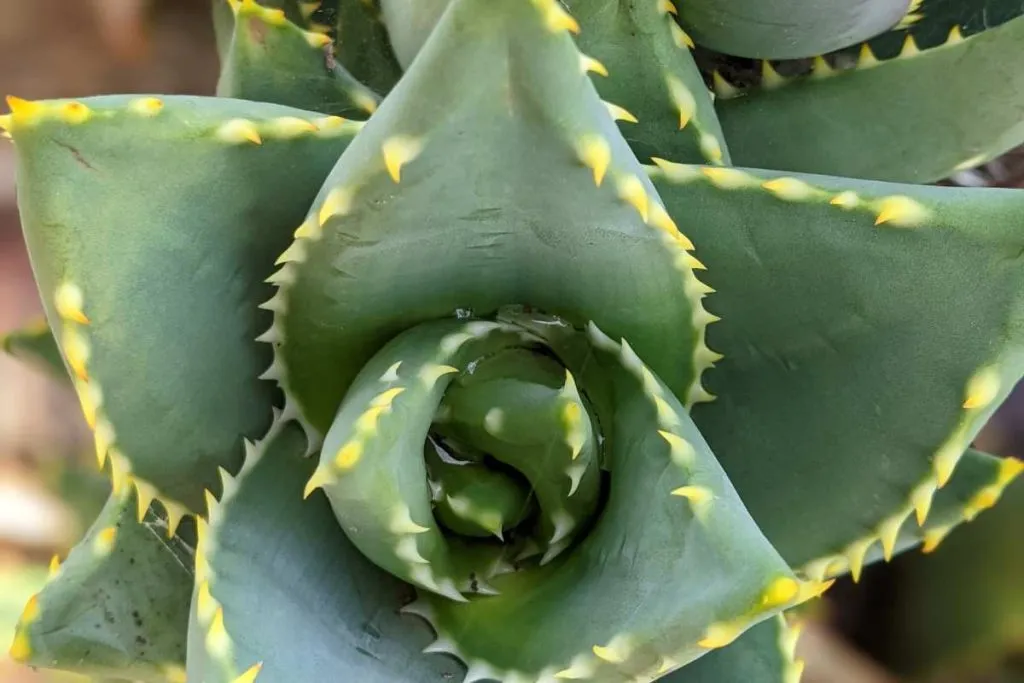
Ornamental Uses
Aloe and cactus plants make attractive additions to gardens or indoor spaces due to their unique shapes, textures, and colors. They are also low-maintenance plants, making them ideal for busy gardeners or those with limited gardening experience.
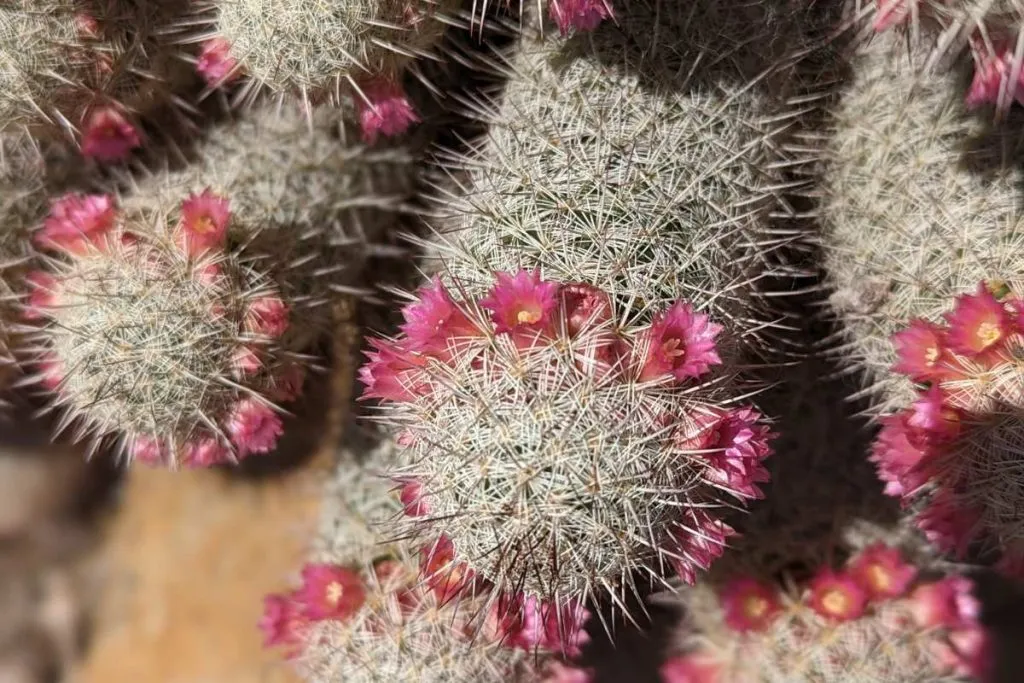
While aloe and cactus plants may appear similar at first glance, they have distinct differences that set them apart. By understanding their unique characteristics, growth habits, and care requirements, you can successfully grow and enjoy these fascinating plants in your home or garden.
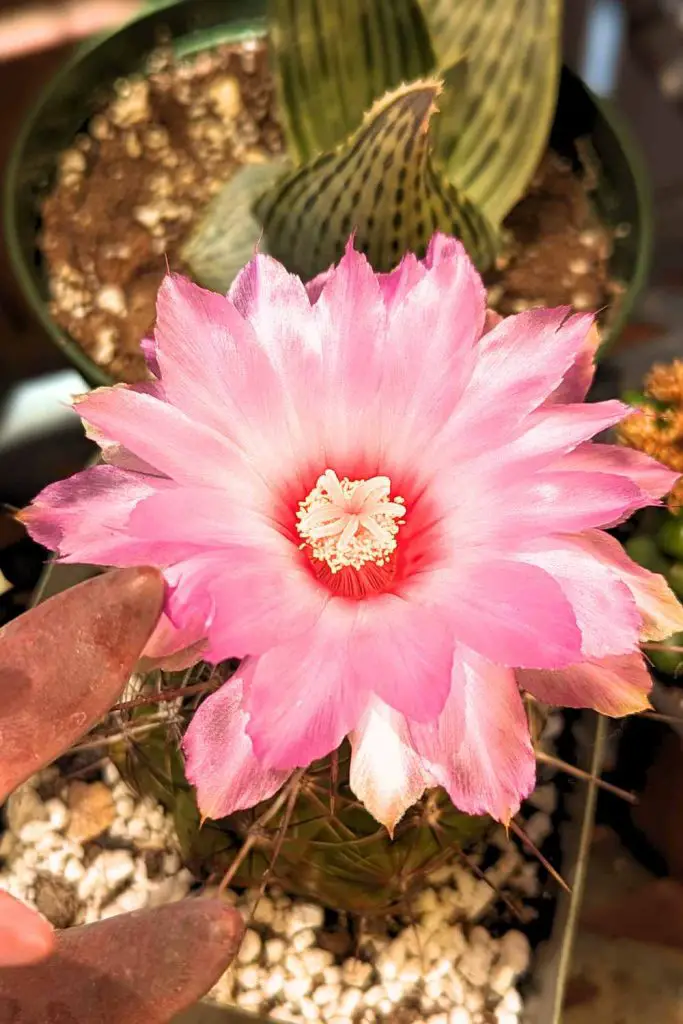
Can Cactus and Aloe Be Planted Together?
Yes, indeed! Cactus and aloe can thrive together, creating a harmonious and visually appealing combination.
When you want to grow these two beauties side by side, follow these expert tips to ensure their successful coexistence:
Optimal Growing Conditions for Cacti and Aloe
Both cacti and aloe flourish in similar environments, making them compatible companions. To keep them happy, provide well-drained soil, ample sunlight, and water sparingly once they are established. By adhering to these shared requirements, you’ll witness the magic of these plants thriving together in pots or garden beds.
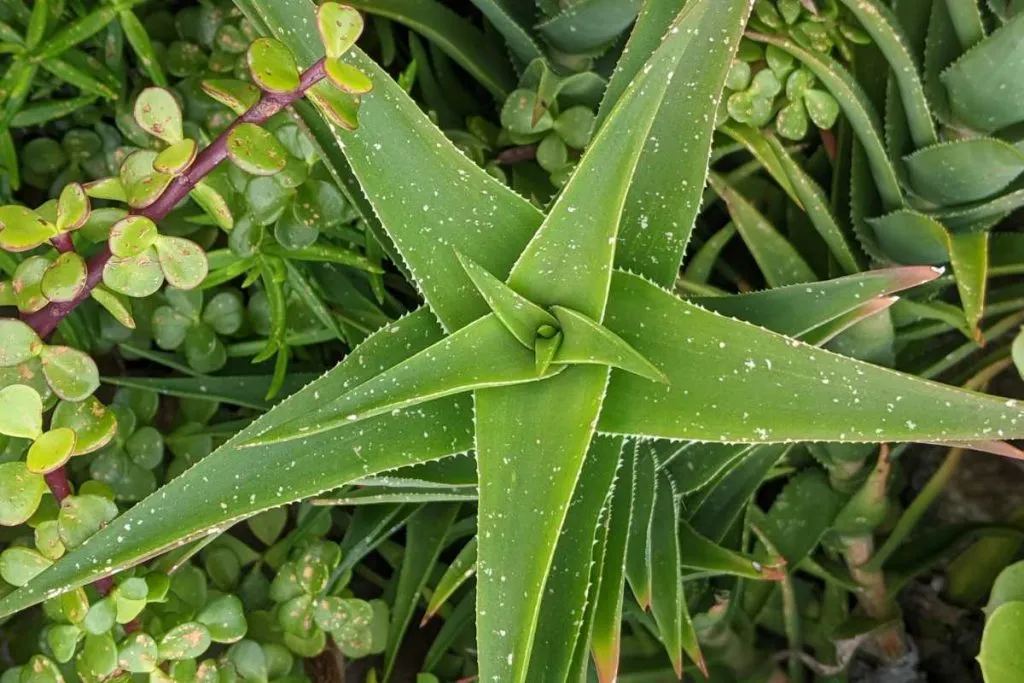
The Perfect Soil Mix
The key to a successful cactus and aloe duo lies in the soil mix. Aim for a blend that consists of 50% potting soil and 50% gritty materials such as perlite, pumice, or coarse sand. This mix ensures excellent drainage, which is essential for the health and longevity of both cacti and aloe.
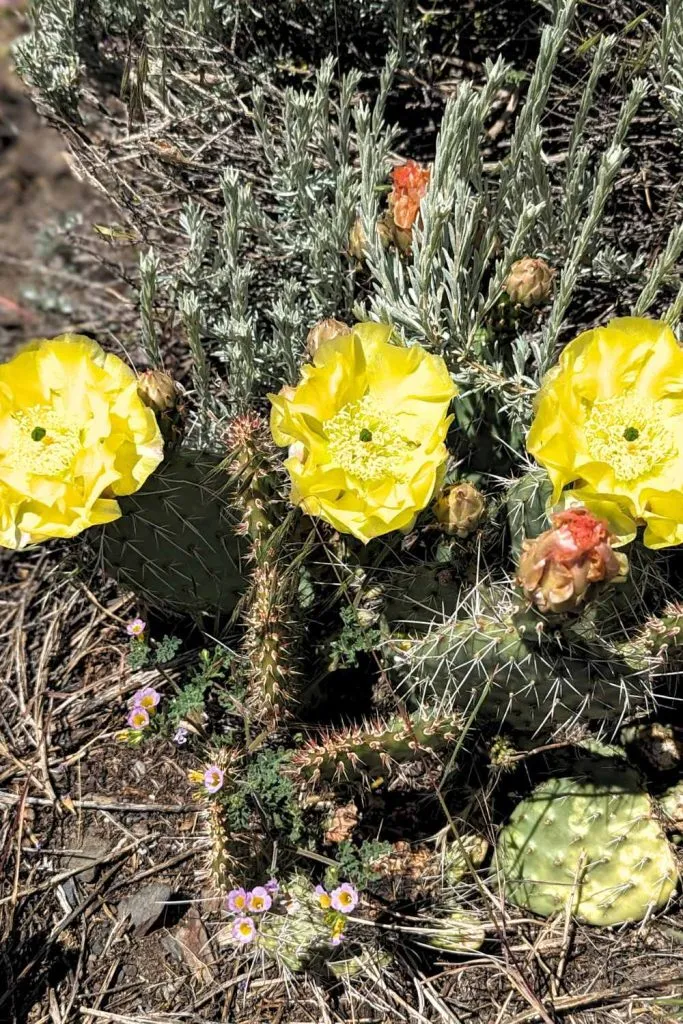
Watering Wisely
While cacti and aloe may enjoy a good drink of water occasionally, it’s crucial to let the soil dry out between waterings. When watering is due, ensure you soak the soil thoroughly. Adequate drainage is paramount to prevent any risk of rotting.
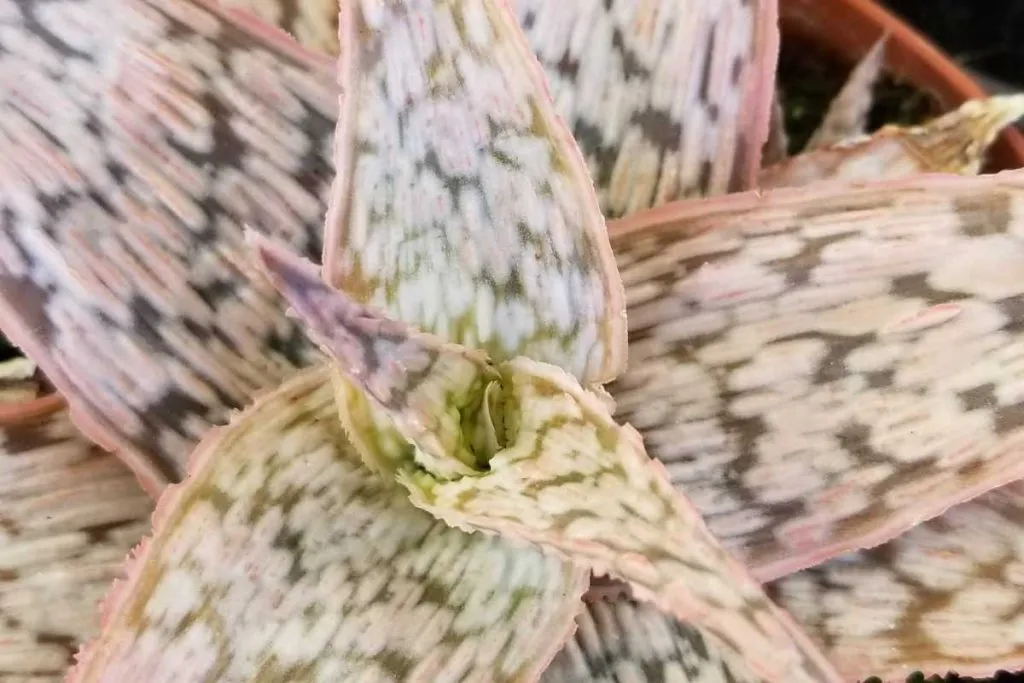
Embrace the Sun
Sunlight is their best friend! Provide at least 6 hours of direct sun daily to your cactus and aloe duo. In hot climates, it’s preferable to expose them to morning sun rather than the harsh afternoon sun.
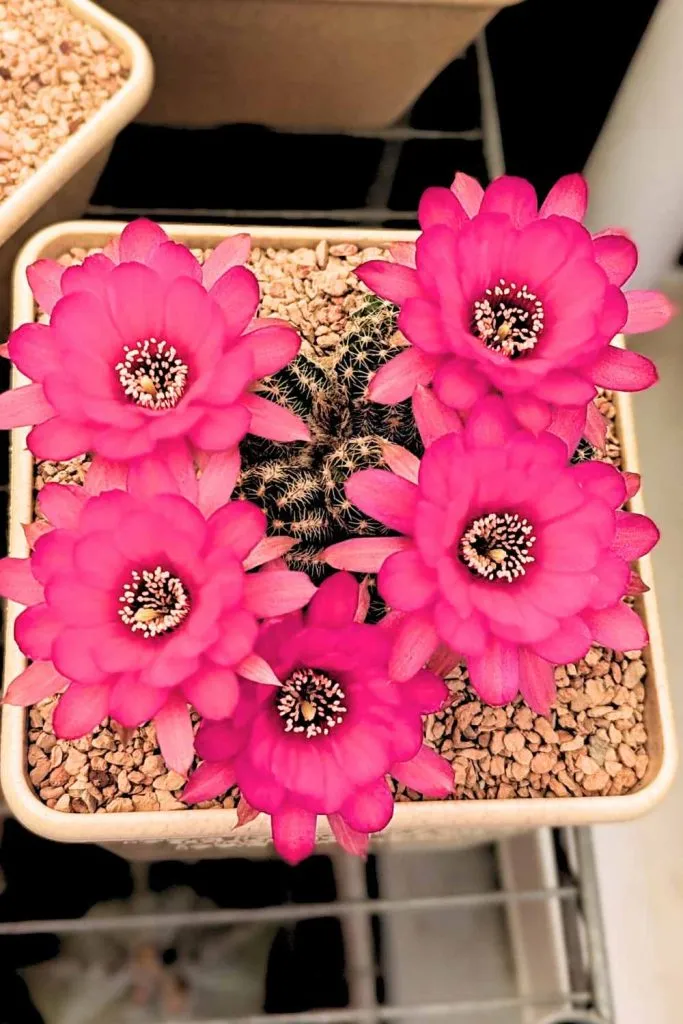
Give Them Space to Breathe
Allow your cacti and aloe some personal space. Avoid overcrowding them and ensure sufficient room for air circulation and growth. This will give each plant the freedom to spread out and thrive to its fullest potential.

Monitor Growth Compatibility
Observing how your cactus and aloe grow side by side is vital. A compatible pairing will exhibit vibrant colors and robust growth. If both plants seem to flourish in each other’s presence, they are indeed perfect companions. However, if you notice one of them struggling, consider moving or separating them to provide better conditions for both.
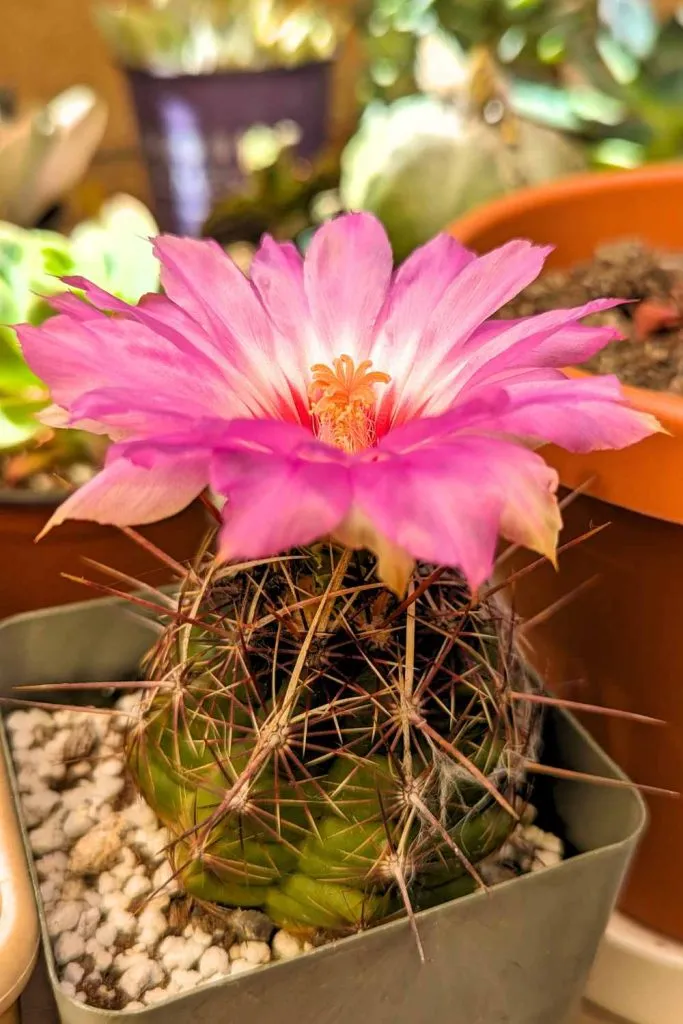
FAQs
- Are aloe and cactus plants toxic to pets?
Some aloe and cactus plants can be toxic to pets if ingested. Aloe vera, in particular, can cause vomiting, diarrhea, and other symptoms in cats and dogs. If you have pets, it’s best to keep these plants out of their reach or choose non-toxic alternatives. - Can I grow aloe and cactus plants together in the same pot?
It is possible to grow aloe and cactus plants together in the same pot, as long as they have similar watering and light requirements. However, be mindful of the size and growth habits of each plant, as overcrowding can lead to competition for resources and potential health issues. - How often should I repot my aloe and cactus plants?
Aloe and cactus plants typically need to be repotted every 2-3 years, or when they have outgrown their current pot. Repotting allows the plants to grow in fresh soil, provides more space for root growth, and can help prevent root rot. - Why are my aloe leaves turning brown and mushy?
If your aloe leaves are turning brown and mushy, it could be a sign of overwatering or poor drainage. Ensure that your plant is planted in well-draining soil and that you are allowing the soil to dry out between waterings. - Should I remove the spines from my cactus plant?
Removing the spines from your cactus plant is not necessary and can actually harm the plant. The spines serve as protection from predators and help to shade the plant from the sun. Instead, handle your cactus with care to avoid injury.
